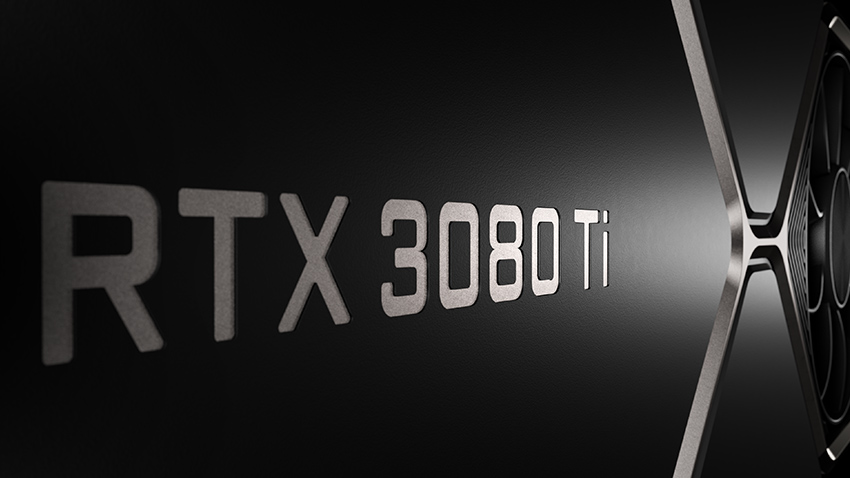

NVIDIA GeForce RTX 3080 Ti Review: 4K Gaming Excellence
Pros
- Near RTX 3090 gaming performance
- Strong ray tracing capabilities
- DLSS support
- Better value than 3090 for gaming
Cons
- High power consumption
- Expensive at launch
- Limited availability
- 12GB VRAM limitation for some workloads
Introduction
The GeForce RTX 3080 Ti represents NVIDIA's attempt to bridge the gap between the RTX 3080 and RTX 3090, offering nearly identical gaming performance to the flagship at a more approachable price point. This card delivers exceptional 4K gaming capabilities while providing strong content creation features.
Design and Build Quality
Built on the same foundation as the RTX 3080, the Ti variant features NVIDIA's proven flow-through cooling design. The build quality is exceptional, with premium materials and robust construction throughout.

Gaming Performance
At 4K resolution, the RTX 3080 Ti delivers outstanding performance across all modern titles, often matching or coming very close to the RTX 3090's capabilities.
4K Gaming Performance
- Cyberpunk 2077 (Ray Tracing Ultra): 62 FPS
- Microsoft Flight Simulator: 58 FPS
- Red Dead Redemption 2: 89 FPS
- Call of Duty: Modern Warfare III: 112 FPS
Ray Tracing and DLSS
The second-generation RT cores provide excellent ray tracing performance, while DLSS support helps maintain high framerates in demanding scenarios. The combination proves particularly effective in modern titles that utilize both technologies.

Content Creation
With 12GB of GDDR6X memory, the RTX 3080 Ti offers strong content creation capabilities:
- Video Editing: Excellent performance with 4K and 8K footage
- 3D Rendering: Strong performance in Blender and similar applications
- Streaming: Superior encoding capabilities with NVENC
- Machine Learning: Good capabilities for AI workloads
Thermal and Power Performance
The cooling solution effectively manages the card's substantial power requirements:
- Load Temperatures: 75°C average under full load
- Fan Noise: 37dB under typical gaming loads
- Power Draw: 350W typical gaming power draw
- Thermal Design: Advanced vapor chamber cooling
Memory Configuration
The 12GB GDDR6X memory provides:
- Memory Bandwidth: 912 GB/s
- Memory Interface: 384-bit
- Memory Type: GDDR6X
- Sufficient capacity for current 4K gaming
Overclocking
The RTX 3080 Ti shows good overclocking potential:
- Core: +125 MHz boost clock typical
- Memory: +750 MHz effective typical
- Power Limit: 105% maximum
These overclocks typically result in a 5-8% performance improvement in most scenarios.
Value and Conclusion
While the RTX 3080 Ti's price point is substantial, it delivers exceptional performance that rivals the RTX 3090 in gaming scenarios. The combination of strong gaming performance, excellent ray tracing capabilities, and content creation features makes it a compelling option for users who want near-flagship performance without the full premium of the 3090.
Long-term Considerations
The 12GB VRAM buffer provides adequate headroom for current and near-future gaming demands at 4K resolution. The mature driver support and widespread adoption of DLSS further enhance its long-term viability.
Power Supply Requirements
The RTX 3080 Ti's power demands require careful consideration:
- Minimum PSU: 750W
- Recommended PSU: 850W
- Power Connectors: 2x 8-pin PCIe
- Quality PSU recommended for stable operation
Performance Benchmarks
4K Gaming Performance
Specifications
- cuda cores
- 10240
- boost clock
- 1.67 GHz
- base clock
- 1.37 GHz
- memory
- 12GB GDDR6X
- memory speed
- 19 Gbps
- tdp
- 350W
- recommended psu
- 750W
- architecture
- Ampere
- manufacturing process
- 8nm

